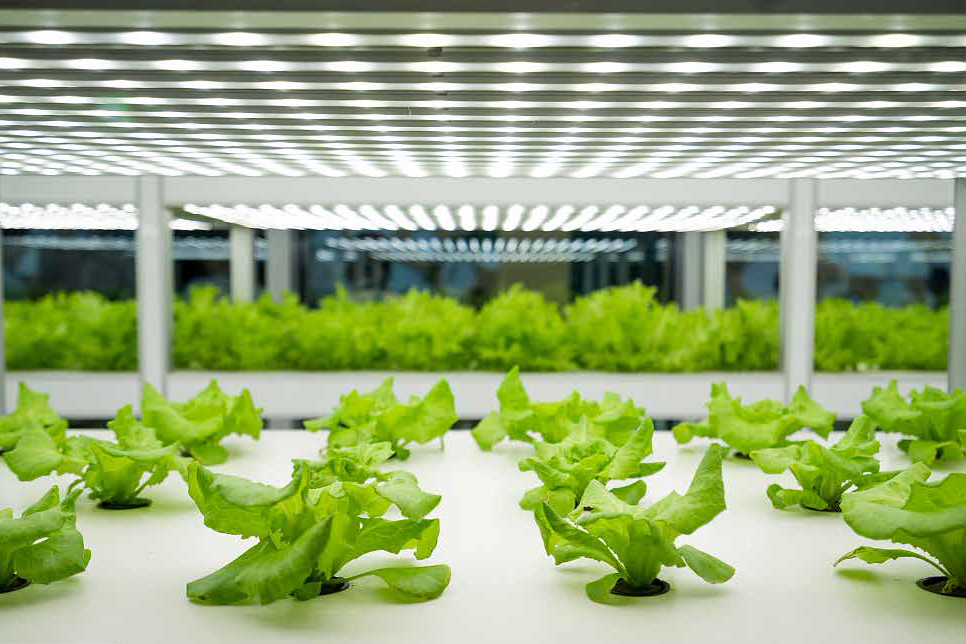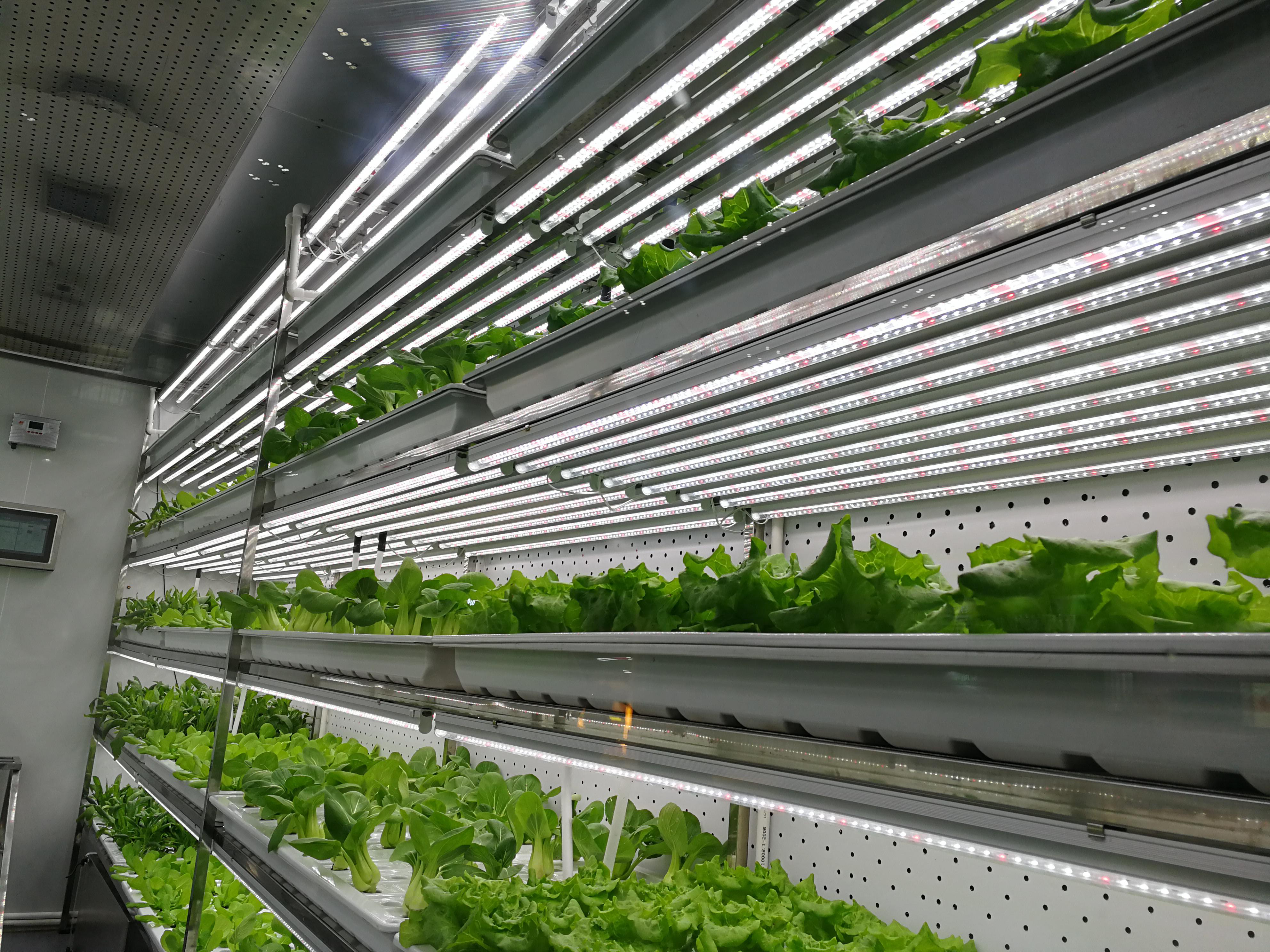If you just started exploring the horticultural lighting world, and you are not a seasoned plant scientist or a lighting expert, you might find the terms of acronyms to be somewhat overwhelming. So let’s begin.Since many talented Youtubers can walk us through several hours of movies in less than 2 minutes. Let’s see what we can do for horticultural lighting.
Let's start with PAR. The PAR is photosynthetic active radiation. PAR light is the wavelengths of light within the visible range of 400 to 700 nanometers (nm) which drive photosynthesis.PAR is a much used (and often misused) term related to horticulture lighting. PAR is NOT a measurement or “metric” like feet, inches or kilos. Rather, it defines the type of light needed to support photosynthesis.
PPF Stands for photosynthetic photon flux, and it’s measured in umol/s. It refers to the photons emitted from a fixture at any given second. PPF is determined at the time the fixture is being designed and manufactured. PPF can only be measured in a special device called Integrated Sphere.
The other term you hear often-PPFD. PPFD stands for photosynthetic photon flux density. PPFD is measuring how much photons actually land on the canopy, with umol per second per square meter. PPFD can be measured by a sensor in the field and simulated by software. PPFD incorporates a lot of factors other than the fixture, including the mounting height and surface reflectance.
Three important questions you should look to be answered when researching horticulture lighting systems are:
How much PAR the fixture produces (measured as Photosynthetic Photon Flux).
How much instantaneous PAR from the fixture is available to plants (measured as Photosynthetic Photon Flux Density).
How much energy is used by the fixture to make PAR available to your plants (measured as Photon Efficiency).
In order to invest in the proper horticulture lighting system to meet your cultivation and business goals, you need to know the PPF, PPFD, and photon efficiency to make informed purchasing decisions. However, these three metrics should not be used as sole variables to base a purchasing decisions. There are several other variables such as form factor and coefficient of utilization (CU) that need to be considered as well.
Post time: Nov-30-2021



